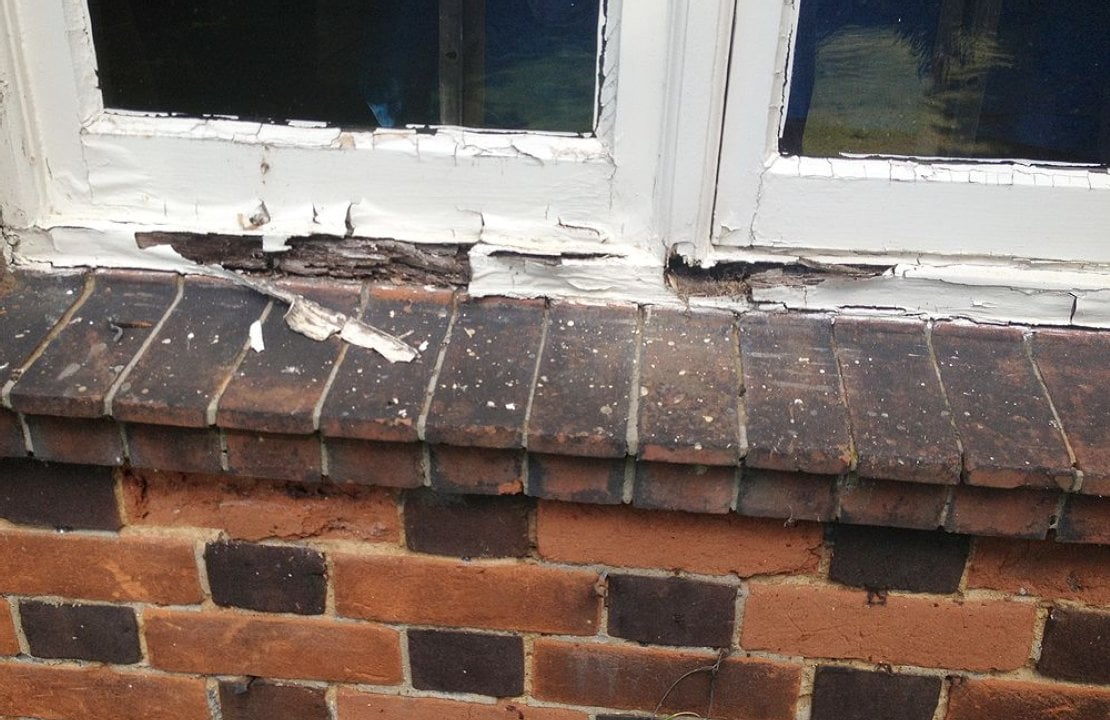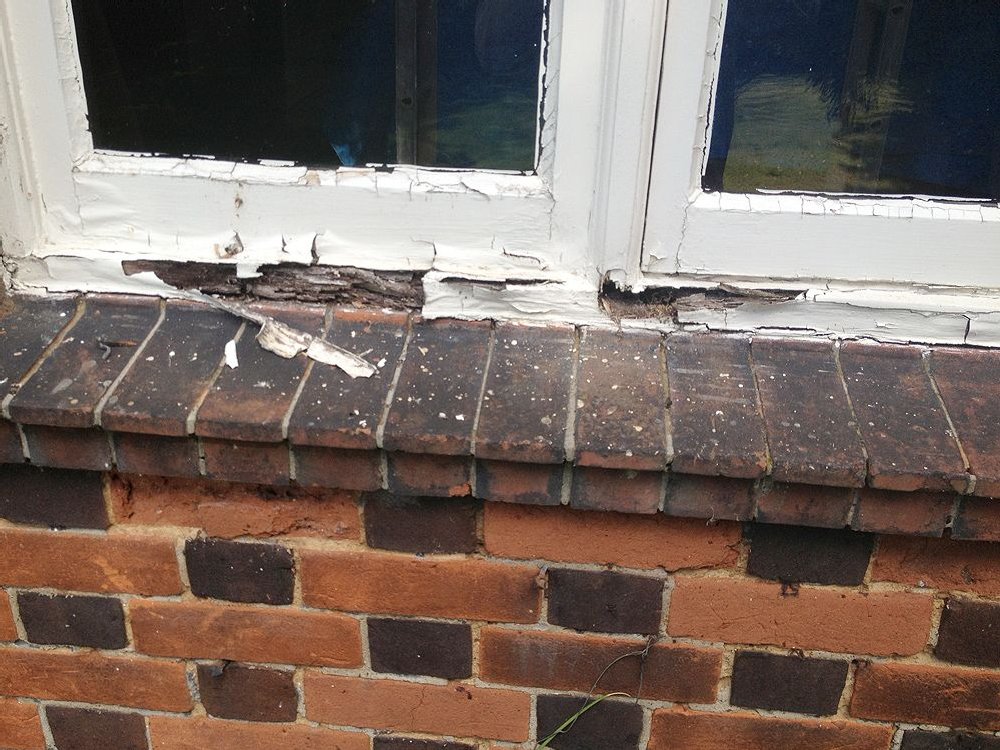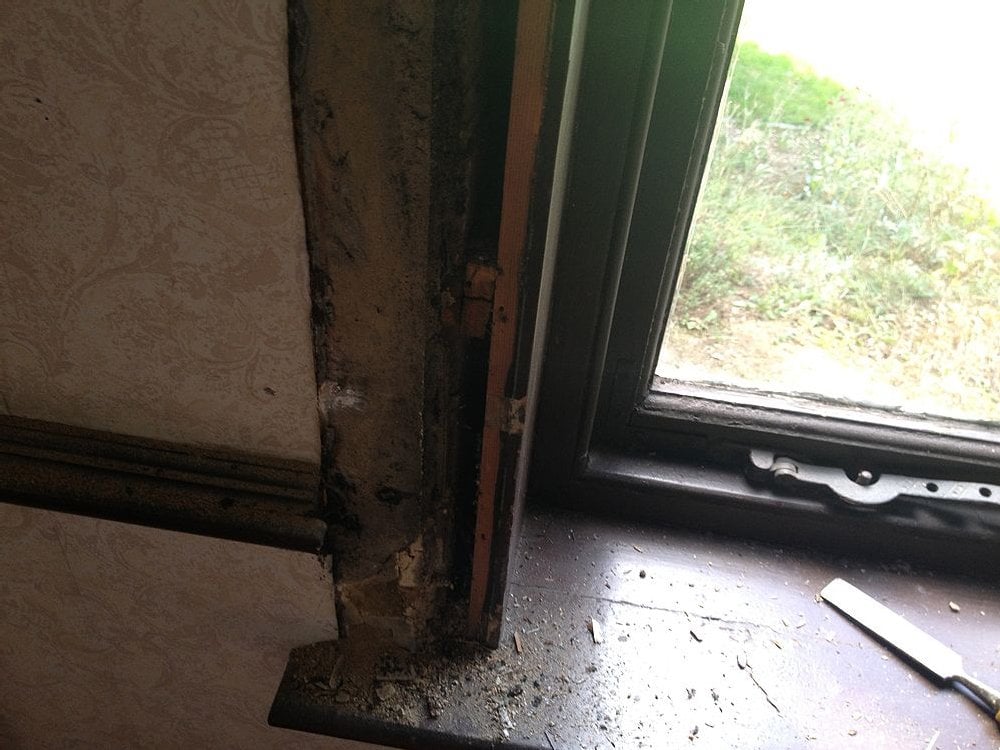This article provides a few useful tips about restoration of period properties which is not as overwhelming as it may sound, with some specific examples.
All of the advice below assumes that your property isn’t listed as with listed buildings you would need to follow the lead of your conservation officer who is ultimately the custodian of the wellbeing of your listed property.
How to achieve a successful restoration of your period property
Good property restoration does not entail being a slave to the historical era of the property. Just because you live in a Victorian house does not mean you need to use a mangle when washing your clothes or be constantly stoking coal fires. However features or relics of the past can really add something special to a period property renovation and should not be binned without careful thought.
If you are significantly changing or removing a period feature, be clear on why you are doing it and consider whether it will affect the price or desirability of the property. UPVC windows are never a selling point in a period property, whatever the salesman may tell you. Double glazed sash or casement windows are not cost prohibitive any more.
Try to always replace like with like and match new parts of the house with the existing parts. Not matching bricks for an extension to the original house can significantly affect the resale value of the property.
How do you repair plaster coving?
In all projects there are different approaches that can be taken dependant on budget, time and how faithful to the era you wish to be.
Plaster mouldings: there are four different approaches that can be taken with the restoration of plaster mouldings which have often been damaged through leaking roofs and general ill repair of a building. The best approach for the preservation of the feature is to employ a specialist craftsman to restore the damaged moulding as you would with a historic National Trust property or Royal Palace. This is slow painstaking work and could cost you thousands. If it is a cornice you are wishing to repair, there is a more economical way to do this. You can send a sample of the cornice to a company such as The Victorian Emporium who offer a service to make a bespoke mould of your cornice and produce an exact reproduction. The set up cost for this is in the region of £250-300 depending on the size of your cornice. Once the mould is set up you can order as much of your cornice as you like on a per metre price basis. On the other hand, once you have factored in the set up charge, depending on how much cornice is damaged, you may decide it is cheaper and easier to remove the existing cornice and replace all of it with a cornice in a similar style but in an off the shelf design. This can work out to be a cheaper and quicker solution with a result that is as good as the original, as long as you choose the cornice design wisely. Stick to something of a similar size and design to the original.
How do you repair other period features?
Glass: although bullion glass is more expensive than plain glass, an important feature of a Victorian front door was decorative glass - often stained or bullion. Replacing decorative glass with something plain will always look odd. Bullion glass is great because it is difficult to see through, whilst letting a lot of light in. As such it keeps your hall area private but not gloomy.
Tiled floors: many Victorian houses have tiled garden paths and beautiful patterned mosaic hallway floors, often under carpets or other flooring. Even if damaged, these tiled floors can have individual tiles replaced from the wide range of Victorian floor tiles that are available from suppliers such as The Victorian Emporium. Don't hide this spectactular feature - it was there to show off the wealth and good taste of the house owner.
Wooden mouldings: see our detailed article on repairing wooden decorative mouldings here.
Floorboards: old floorboards are beautiful when restored and apart from the hire of a sander, an unpleasant day of walking behind it clad in mask and goggles and a few pots of varnish, a sanded floor is virtually free. A floor sander will cost you less than £100 per day to hire, plus the cost of the sandpaper (budget for £20-30). An average room can be done in a day or so and it’s an easy DIY job for which you do not need to hire a professional. Always wear protective clothing and be aware that the dust will get absolutely everywhere. Avoid the edges of your room with the large sander – this will have to be done with a small hand sander so as to avoid damage to radiator pipes, skirting boards and fireplace tiles.
Period properties should be furnished appropriately. Whilst antiques are expensive, second hand furniture is not, and the two do blur around the 1900-1950s period. One persons junk is another persons great find.
The Victorian Emporium sells many of the products you need for period property restoration.



Be the first to add a comment...